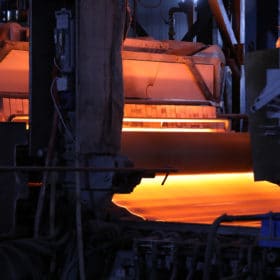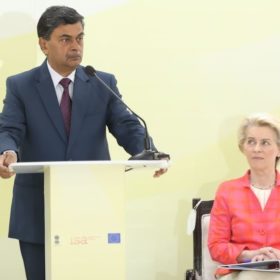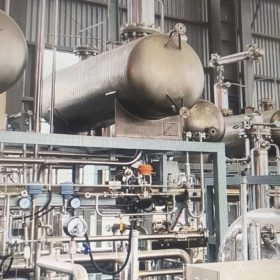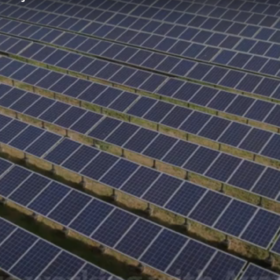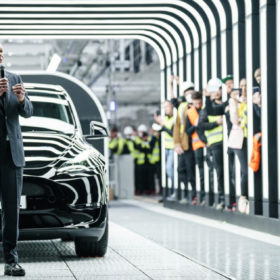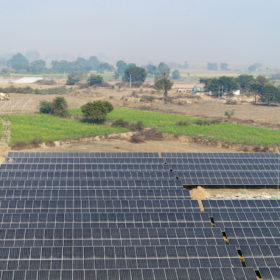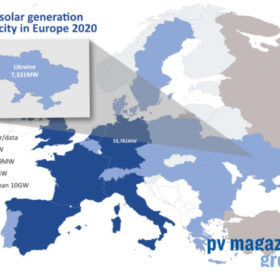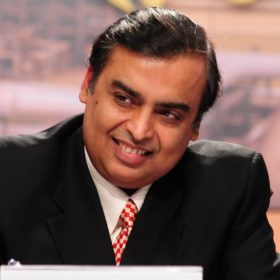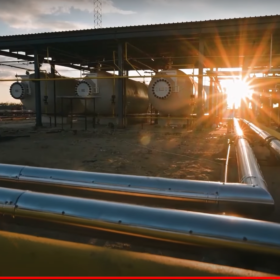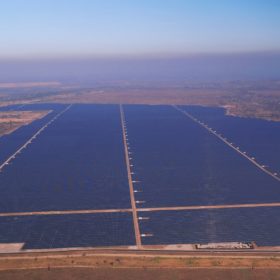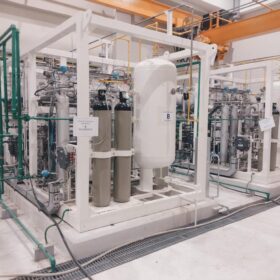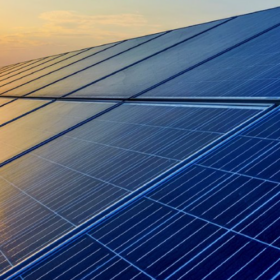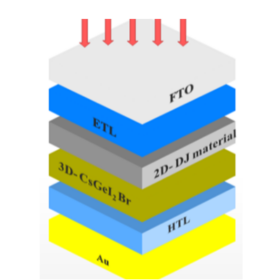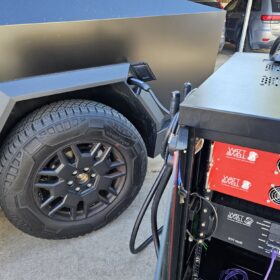Borosil Renewables to acquire Europe’s largest solar glass maker Interfloat Group
With this acquisition, the Indian manufacturer’s solar glass output will grow to 750 tonnes per day (TPD) from the current 450 TPD.
India calls for credit guarantee fund to drive solar adoption in electricity-deprived regions globally
RK Singh, India’s power minister, and president of the International Solar Alliance (ISA) Assembly, called on nations to support solar investments in developing and under-developed regions, including Africa, through low-cost finance and credit guarantee fund.
Greenko partners Belgium’s John Cockerill to build India’s largest hydrogen electrolyser factory
Indian renewable energy developer Greenko Group has partnered with Belgium’s John Cockerill to develop a green hydrogen electrolyzer factory with a capacity of 2GW per annum. The partnership will also see the two companies jointly develop large-scale green hydrogen projects in India.
British International Investment commits US$89 million to scale renewable energy generation in India
The UK investor (formerly known as CDC Group) has committed a $47 million follow-on investment in Fourth Partner Energy to build 294MW of greenfield renewable power capacity. Another $42 million will go to Italian power utility Enel’s India arm Thar Surya 1, to support the development of a 300MW greenfield solar project in India.
Tesla opens gigafactory in Germany
The first Model Y electric cars have rolled off the assembly line at the US electric car manufacturer’s first European factory.
European investor ThomasLloyd gets government approval for SolarArise acquisition
Delhi-based SolarArise India Projects, an investee company of ThomasLloyd, owns seven solar power projects with a cumulative capacity of 434MW in India.
Solar plants under threat from hostilities in Ukraine
Trade body the Ukrainian Association of Renewable Energy says more than 70% of the nation’s solar fields are either in, or near regions which have been affected by the fighting.
Reliance to acquire cobalt-free battery specialist Lithium Werks
The Indian multinational business conglomerate has signed the agreement to buy Netherlands-headquartered lithium iron phosphate (LFP) battery specialist Lithium Werks for US$ 61 million, including funding for future growth.
Scatec joins scaled up Omani green ammonia project
A previous announcement by Acme indicated the port site would be able to produce around 876,000 tons of the green fuel per year but the Indian developer today said that figure would be 1.2 million tons. The 100,000-ton-per-year first phase of the facility may be operational this year.
Ukrainian energy company restarts grid generation from its solar parks
Clean energy facilities have been ordered offline in the nation since Thursday as the national grid ran an exercise to establish how it would function in isolation from the power networks of Russia and Belarus.
